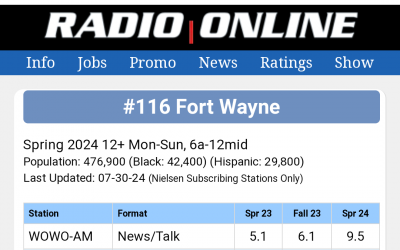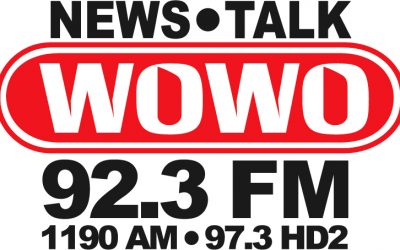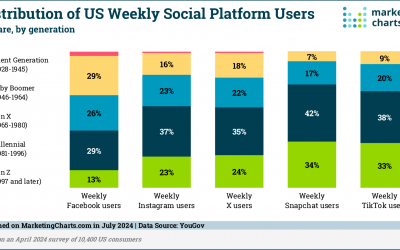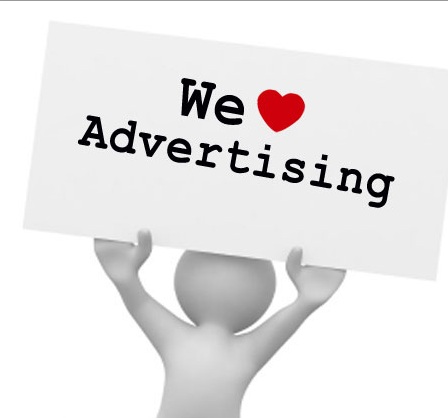About once a year I share some insider information about the state of radio, specifically WOWO radio, the primary radio station I've represented since 2013. Today's the day for an update. A lot has happened the past 11 years I've been here. WOWO had their 90th...
The Not-So-Secret Writings of ScLoHo
What’s the Value of Your Name?
Just a quick word of caution today about your company name... it's more valuable than you think. A story about the Campbell Soup Company wanting to change their name after 155 years hit my inbox this week and I hope that they handle this carefully. Mediapost.com's...
The Talk Radio Advantage
Are you annoyed by ads? Most of us are, and that creates an interesting conundrum for businesses that need to invite potential customers to spend money with them via advertising. In the early 1980's when I was a top 40 rock and roll radio disc jockey on WMEE, I...
Generational Changes and Media Use
Frequently I've pushed back against generational stereotypes with the simple premise that activities and behaviors that are being assigned and labeled according to what generation a person is, are really due to lifestyle and life-stage. And while many of that is still...
What Not to Expect from your Advertising
There are a lot of misconceptions about advertising that I find myself addressing repeatedly especially with new business people who ae taking their first steps into an advertising investment. Last month I read a column in Radio Ink by Pat Bryson that I'm going to use...
Planning In Advance
Most of us plan in advance. Not everything, but even the least organized and most impulsive have a tiny bit of planning that they do. Could be as simple as having clean clothes, or paying a bill. Or it's a routine that you follow that could count as planning. I've...
6 Keys To Successful Advertising
6 Keys to Successful Advertising: Most businesses don’t really understand how advertising works. Even the ones that are advertising successfully are not understanding the why behind their advertising success and so they just happen to be doing enough of the right...
The Message vs The Media
This weeks article is from a recent Sound ADvice newsletter that my subscribers received this summer. If you would like a free weekly subscription, email Scott@WOWO.com. In the never-ending maze of online media, on-air media, outdoor media, direct mail, and print...
How Do YOU Give?
Marketing is more than advertising and your brand is more than your logo. Despite the rise of A.I. (Artificial Intelligence) it's people that make everything happen still in one degree or another. The people in your organization interact with others and how ever that...









